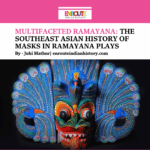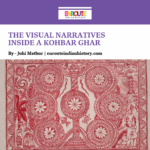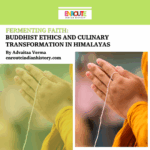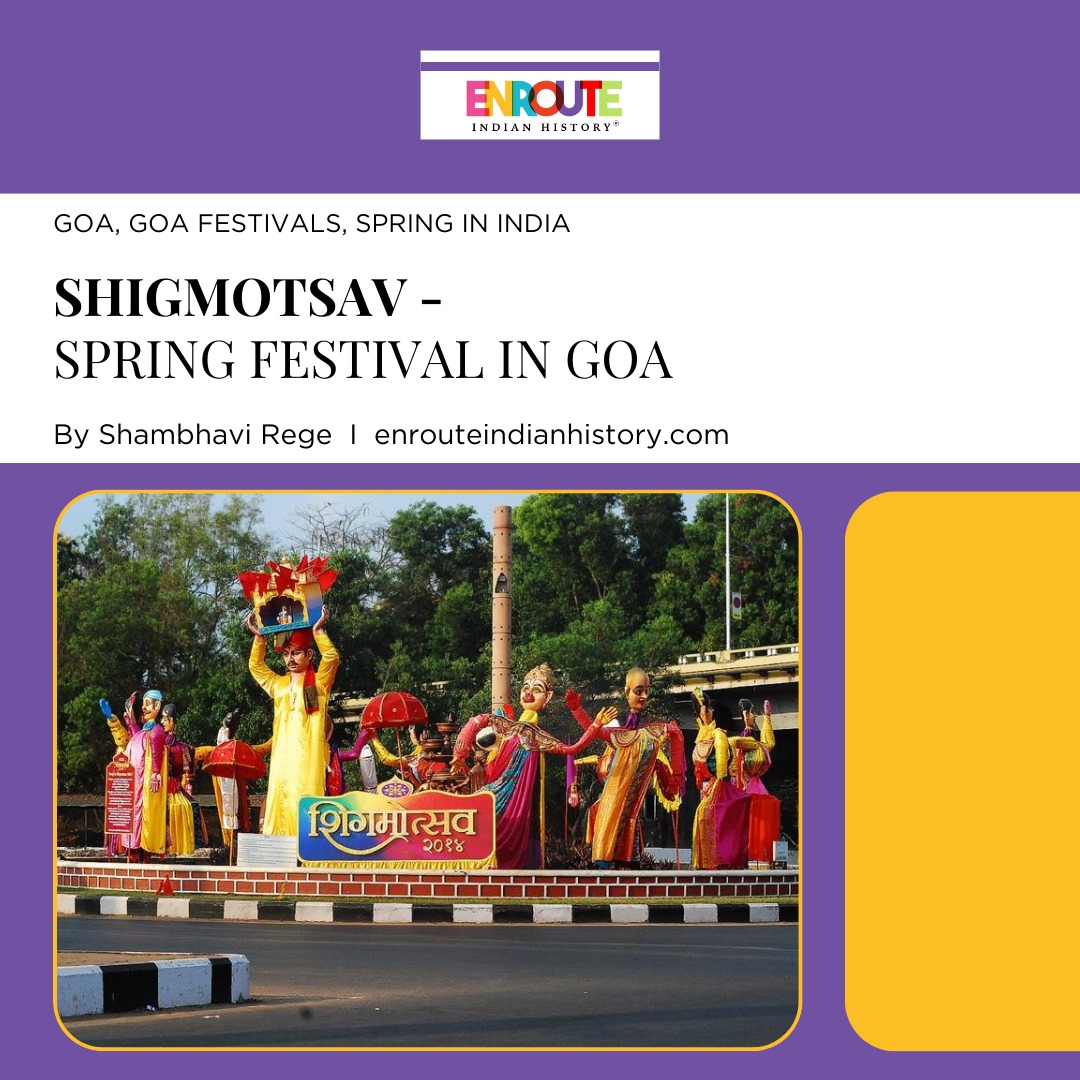
India – a land of diverse cultures and traditions. Language, customs, lifestyles and traditions change every few hundred kilometres in India. Every state has its unique identity and a culture that defines the identity. There is no dearth of festivals in this land of immense cultural wealth. Gods, flora, fauna and even seasons are celebrated in India. Every season brings with it a different set of festivals. Spring in India is one such season when almost every region celebrates its arrival. Goa, the state that is blessed with natural and cultural treasures celebrates the arrival of spring with great pomp and enthusiasm. People from other states and even faraway countries visit Goa during the time of spring to witness the magic of spring unfold in its lanes.

Shigmotsav- the festival that welcomes Spring
(Source – Sunil Mahajan, D’Source)
Spring in India has been romanticised by several films, poems, and pieces of literature dedicated to it. This season announces the arrival of prosperity and abundance. It signifies the flowering of trees, growth of plants, harvesting of crops and greenery all around. Spring is seen as the gift of nature to man and all beings. Several folk traditions celebrate this season of joy in their unique ways. Every region in India has its festival dedicated to spring, it has different names and customs but the reason behind it is the same. Goa too, like every other region, celebrates spring through Shigmotsav, which literally translates to celebrating or festival of abundance.
Land of Goa
Goa is a cultural hub. It truly represents the secular character of our country with the coexistence and mingling of temples, churches, and mosques with great harmony. While rum cake and sweets are in demand in all households during Christmas and New Year, steaming hot patolya (a sweet dish made from rice flour, jaggery and coconut) is a staple in Goan households during festival times. The Goan Carnival is a meeting point for all people from diverse backgrounds. This multi-cultural and harmonious event in Goa has been shaped by centuries of dynastic rules and the various foreign powers that tried to rule over Goa and tried to colonise it but staying true to the spirit of the place, they got integrated into its culture. This assimilation was instrumental in adding various flavours to the Goan socio-cultural dynamic.
Various dynasties such as Konkan Maurya, Rashtrakutas, Chalukyas, Shilaharas, Bhojas, Kadambas, Vijayanagar rulers, Bahamani sultans and the Portuguese ruled over the land of Goa (Mitragori 1992). The Portuguese capture and rule over Goa for over two centuries was defining in shaping the religious, cultural and social landscape of Goa. It’s not a region which has a singular identity or can be defined in one single culture. It is a pot of all these ingredients, simmering over ages that has given it its unique identity among all other Indian states. Every festival is celebrated with vigour. One of the famous festivals is Shigmotsav, the welcoming of spring.
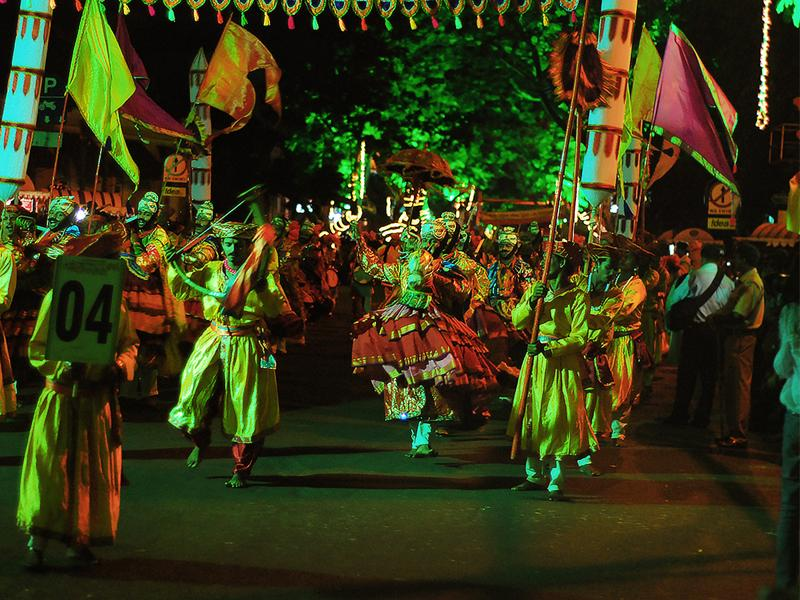
Procession on the streets of Goa
(Source- D’Source)
Shigmotsav in Goa
Shigmotsav in Goa is celebrated in March or April. It takes place in the Falgun month of the Hindu calendar. It is the time when spring arrives. This Goa festival spans over fourteen days. These fourteen days are significant days for Goans as they prepare to celebrate the season with a grand and colourful welcome. People buy new clothes, glittery and colourful, patakas (flags), drums, gulal (pink colour used in festivals and Holi) and flowers. The Dhakto(small) Shigmo is celebrated mostly by farmers and workers. It is celebrated on a local level with the worship of folk deities. The Vadlo (elder) Shigmo is celebrated on a wider scale in Goa and everyone participates in it.
There is no definite source which sheds light on the beginnings of this celebration. But as with every other festival, Shigmotsav too has its share of mythological origins and other tales. This Goa festival is associated with the god of love, Kamadeva. Kamadeva, often playing the role of cupid in Hindu mythology, faced the wrath of lord Shiva. When lord Shiva was in deep meditation, this cupid god disrupted his meditation which led to Shiva burning him down. This tale finds its way into the Shigmo festival through the songs.
Homecoming of soldiers
Though the festival is often associated with the spring and celebration of the season in Goa, there is another interesting tale behind it. In older times, Shigmo in Goa was celebrated as the welcoming of the soldiers. After the festival of Dussehra, soldiers used to leave their homes after the rains to go on the battlefields. The battles were waged for months. The soldiers would then return home before Holi. In Goa, these soldiers were welcomed home with great pomp, the locals sang folk songs and danced to welcome home their heroes. The themes of the songs and dances would often be associated with warfare.

Floating Parades, Goa
(Source – D’source)
Celebration in Goa
The present-day Shigmo in Goa is celebrated by all. The first day of celebration begins with the local folk songs being sung. The village deities are bathed and dressed by the priests. On the fifth day, people gather to take part in Rang Panchami (festival of colours). They play with gulal (bright-coloured powder) and it is thrown everywhere. It is considered a prasad (boon) from the gods. The fifth day also marks the beginning of the processions. These processions start on the local level but are now seen on a wider scale. Processions in local temples are done in the daytime. Processions in towns and cities witness the floating parades. These floating parades from Goa are a major attraction for tourists from all over the country and the world. There are colours, flowers, local cuisine, glitter, joy and the mingling of centuries-old customs and modernity. These floating parades depict scenes from mythology. These tales are depicted through songs and dances.
Folk songs and dances
All the gudis, lalkhis and tarangas elevate the traditional aura surrounding this festival. Jot is a popular type of folk song in Goa. Often these songs narrate the socio-religious or political scenes and also the bravery of warriors. Naman is another type where one person holds a kasale (two round metal pieces that are struck together) and others are in a circle around. They sing the traditional songs to invoke the gods and deities. These gods are supposed to protect the village boundaries. This is a part of Zagor (folk drama). This folk music uses indigenous musical instruments such as dhol (drum), Tasha and kasale. The songs are accompanied by folk dances. People wear glittery colorful costumes while dancing. Often their faces and bodies are painted according to the theme of the dance.
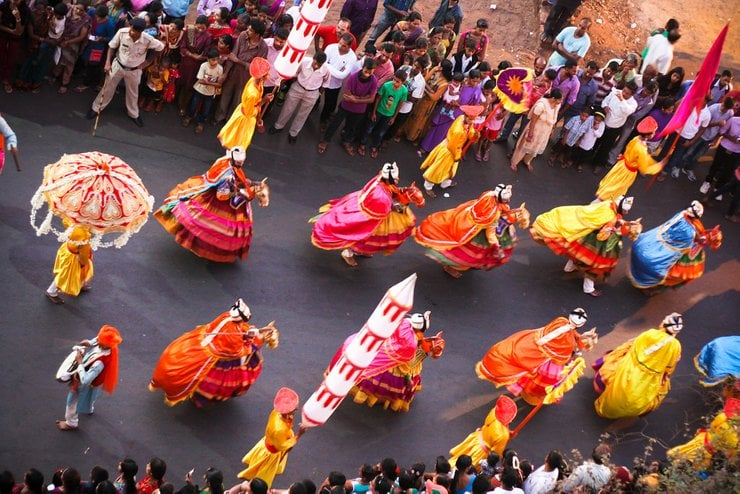
Folk dance, Ghodemodoni
(Source- D’Source)
Fugdi is one famous dance form which basically involves women arranging themselves in a circular pattern and moving around in sync. They sing and dance. There is Ghodemodoni in which men wear costumes of warriors. They dressed up as soldiers that went to the war. Goff is another form which includes the peasant community. This dance is a means of manifesting happiness and prosperity. Romat is another form from Goa which is a unique combination of dance and street show. Gades also play an instrumental part in the festival. Gades means players. The whole event has a mystic feeling around it.
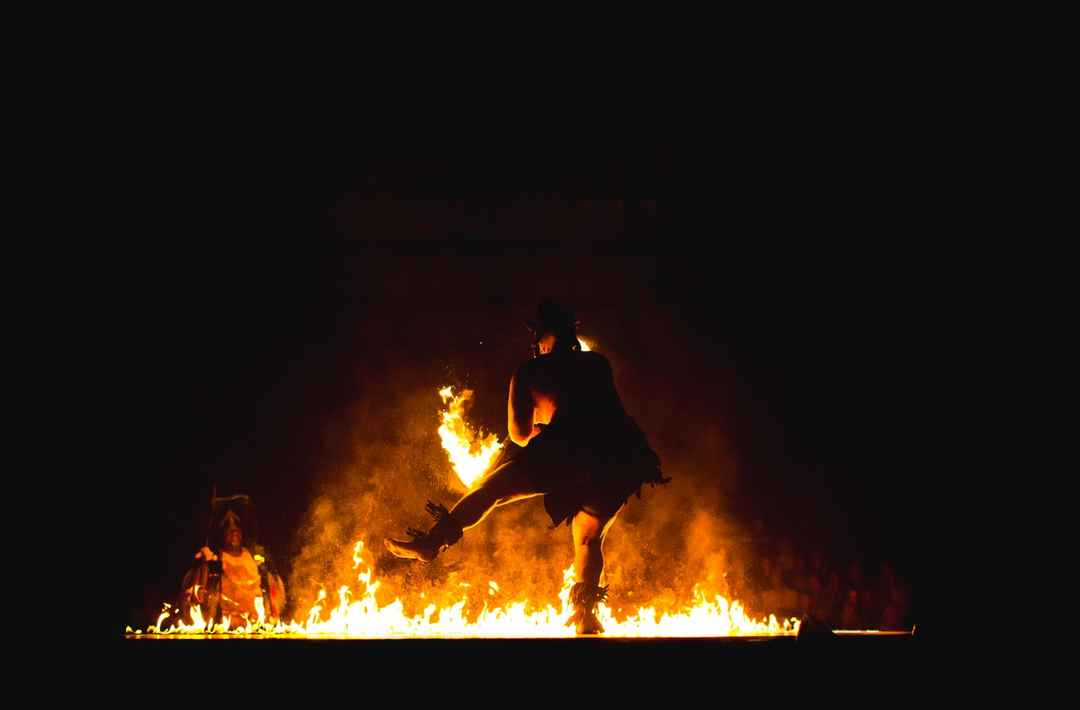
Gade at Sal
(Source – Kanj Saurav)
Gades are the men who are assigned from every household in Goa. This event takes place over three days. It is seen as the hide-and-seek between the folk deities and the people. The people chosen as Gades are seen as the mediums possessed. At midnight of the full moon, the Gades start invoking the deities and spirits. Those who remain in the trance on the last day also are to bring the unburnt corpses or remains of corpses from the crematorium. Cries and screams are heard from the crematorium. These cries are said to be of the villagers who have died. Clicking photos is mostly prohibited during this event. Some places don’t allow leather or leather-based things around when the event is taking place. It takes place at night time.
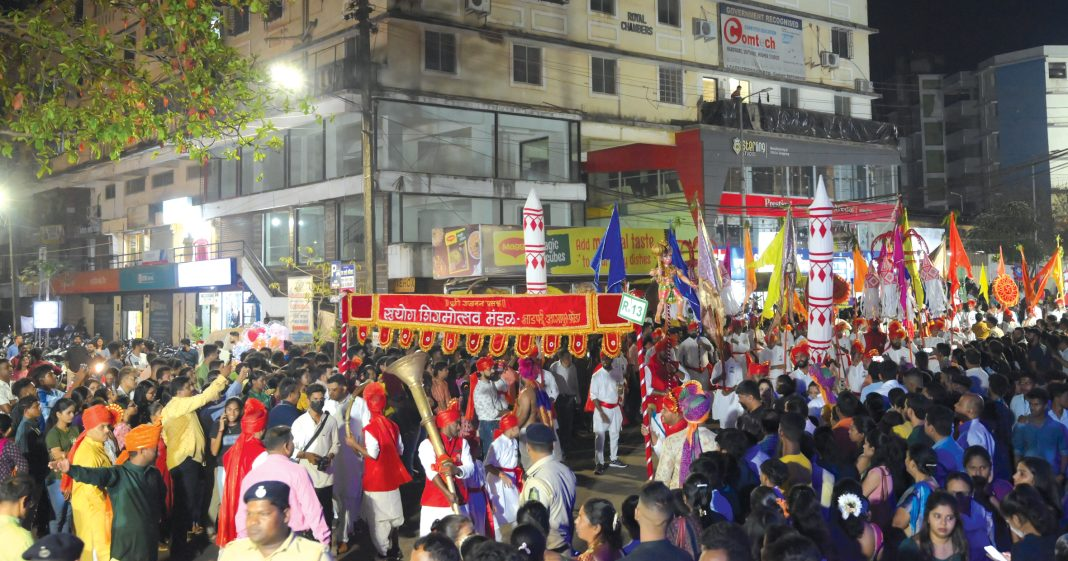
(Source – Navhind Times, 2023)
Times changed and the customs were altered accordingly but the zeal of the Goa people to celebrate this festival remains the same. This year the festival is going to be celebrated from March 26th to April 8th. It starts with Holi. The route of the processions of Shigmotsav starts from Ponda and then travels to Valpoi, Pernem, Panjim, Argao, Mapusa, Vasco, Bicholim, Cuncolim, Sanquelium and Canacona. The 18th June road in Panjim City is bustling and celebrating the festival with full splendour during this time. In the songs and celebrations that follow, the voice of women is subtle. Their role in the entire celebration is mostly about honouring and offering gifts.
References
V.R.Mitragori. A Socio- Cultural History of Goa from the Bhojas to the Vijayanagara. Goa University , 1992.
https://map.sahapedia.org/article/Shigmo/1848
https://timesofindia.indiatimes.com/travel/destinations/shigmotsav-in-goa-celebrating-spring-the-konkani-way/articleshow/108200359.cms
https://utsav.gov.in/view-event/shigmotsav-1


